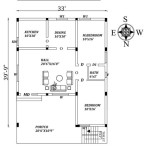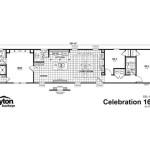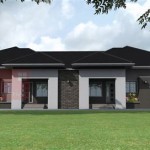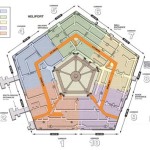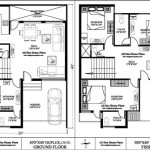Low Country House Plans On Pilings: A Guide to Essential Aspects
Low Country house plans on pilings are a distinctive and functional architectural style found in the coastal regions of the Southeastern United States, particularly in states like South Carolina, Georgia, and North Carolina.
These homes are elevated on raised platforms supported by pilings, which elevate the living space above the ground level. This design provides several advantages, including protection from flooding, improved ventilation, and panoramic views of the surrounding environment.
When designing a Low Country house plan on pilings, several essential aspects should be considered to ensure a comfortable and functional living space. Here are some key elements to keep in mind:
1. Piling Type and Foundation Design
The choice of piling type and foundation design is crucial for the structural integrity of the house. Common piling options include pressure-treated wood, steel, and concrete. The foundation design should consider the soil conditions, flood risk, and height of the house.
2. Floor Plan Layout
The floor plan layout should maximize natural light and ventilation while considering the views and outdoor living spaces. Open floor plans with large windows and doors are popular, allowing for seamless transitions between indoor and outdoor areas.
3. Exterior Materials
Exterior materials for Low Country homes on pilings typically include weather-resistant materials such as vinyl siding, fiber cement siding, or natural wood. Hardie board is a popular choice due to its durability and resistance to moisture.
4. Roofing
The roof is a vital element that protects the house from the elements. Metal roofs are a common choice for Low Country homes due to their durability, fire resistance, and ability to withstand high winds. Asphalt shingles are another popular option.
5. Porches and Decks
Porches and decks are essential outdoor living spaces in Low Country homes. They provide shaded areas for relaxation, grilling, or entertaining guests. Screened-in porches are particularly popular as they offer protection from insects and the sun.
6. Landscaping
Landscaping plays a significant role in complementing the architectural style of Low Country homes on pilings. Native plants, such as live oaks, palmettos, and camellias, create a lush and authentic ambiance.
7. Energy Efficiency
Energy efficiency should be considered in the design of Low Country house plans on pilings. Features such as energy-efficient appliances, windows, and insulation can help reduce utility costs and create a more comfortable living environment.
By incorporating these essential aspects into the design, Low Country house plans on pilings can create unique and functional homes that celebrate the architectural heritage and natural beauty of the coastal South.

Low Country Architecture Beach House Plans From Home Designs

Elevated Piling And Stilt House Plans Coastal From Home

Shelter Cottage Piling Foundation With Elevator 2466 Sf Southern Cottages

Bertrand Cottage Coastal House Plans From Home

Plan 44116td Low Country Beach House Floor Plans Beautiful Houses Small

Low Country Architecture Beach House Plans From Home Designs

Low Country House Plans Floor

Dream Low Country House Plans Tidewater Designs

Beach Style House Plan 4 Beds 2 Baths 3150 Sq Ft 497 1 Floor Plans Flooring

Beach House Plans Coastal Home Great Design

